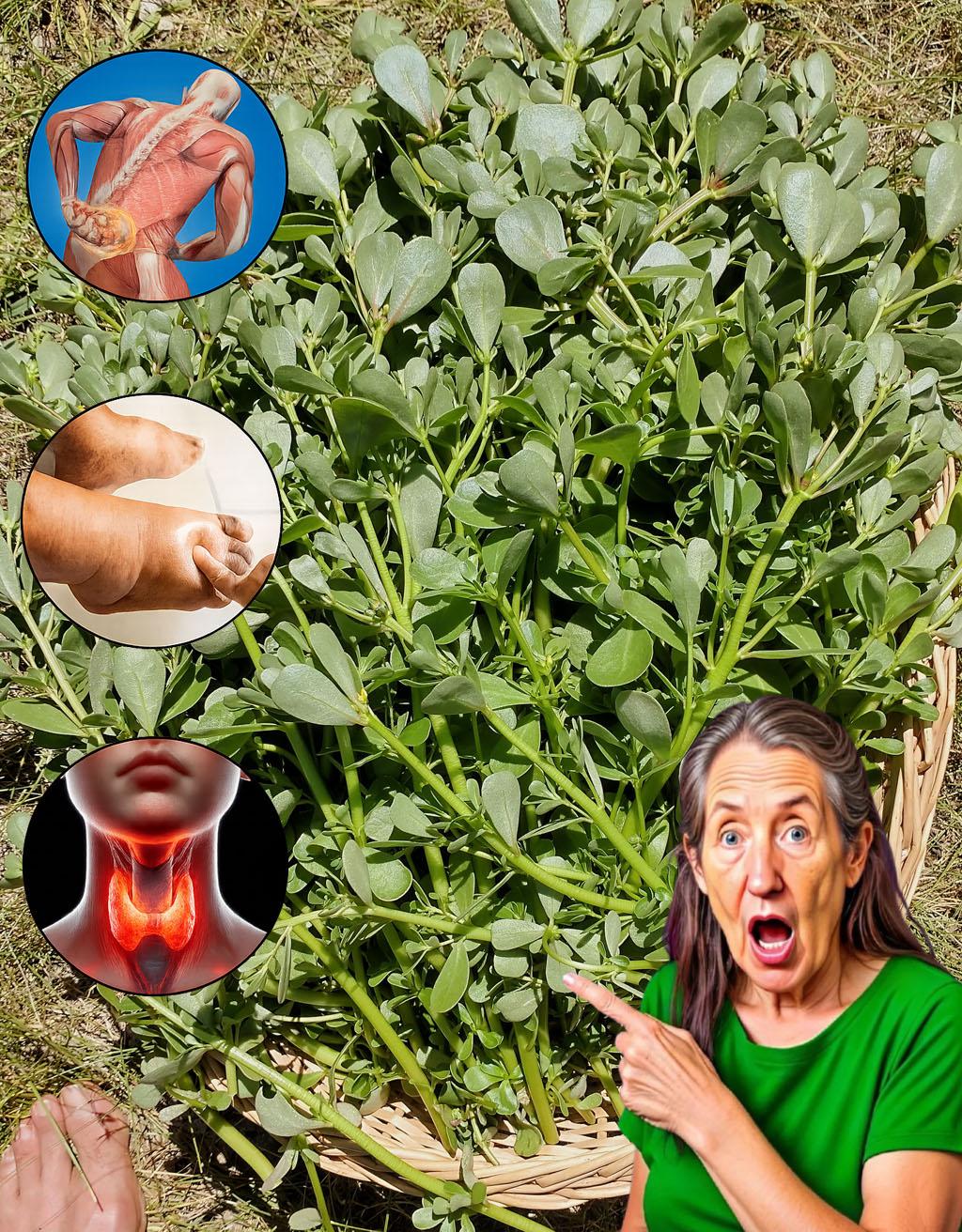Purslane (Portulaca oleracea), often mistakenly pulled as a common weed, is gaining recognition as one of the most nutritious and resilient superfoods on the planet. Its succulent leaves and stems have a pleasant, slightly lemony and salty taste with a crisp texture, making it a versatile and delicious addition to any diet. The World Health Organization (WHO) has even touted it as a “Global Panacea.”
Here are seven compelling reasons to stop pulling it and start growing (or harvesting) it in your garden:
7 Reasons to Embrace Purslane
# Key Benefit Nutritional Powerhouse
1. Richest Plant Source of Omega-3s Purslane contains more of the essential alpha-linolenic acid (ALA) omega-3 fatty acids than any other known leafy green vegetable (up to 5-7 times more than spinach). These fats are crucial for brain and heart health.
2. Powerful Heart and Circulatory Support The combination of Omega-3s and high Potassium helps to reduce inflammation, lower LDL (“bad”) cholesterol, and regulate blood pressure, which supports a healthy cardiovascular system.
3. Exceptional Antioxidant Load It contains high levels of antioxidants, including Vitamin E (six times more than spinach) and Vitamin C, beta-carotene (which the body converts to Vitamin A), and melatonin.
4. A Multivitamin of Essential Minerals Purslane is rich in key minerals like Magnesium (vital for muscle and nerve function), Potassium (for blood pressure), and Calcium (for bone health).
5. Fights Inflammation and Supports Wellness Its anti-inflammatory compounds, including flavonoids and Omega-3s, help reduce chronic inflammation linked to conditions like arthritis and heart disease.
6. Ultimate Garden Resilience As a drought-tolerant succulent, purslane requires almost no care. It thrives in poor soil and hot conditions, providing a sustainable, nutrient-rich crop where other vegetables might fail.
7. Culinary Versatility Its mild, crisp, and slightly tangy flavor makes it excellent raw in salads (as a substitute for watercress or spinach), blended into smoothies, or cooked as a thickener in soups and stews (thanks to its mucilaginous texture).
How to Use Purslane
The entire plant—stems, leaves, and flower buds—is edible.
Raw: Add the leaves and stems to any salad for a refreshing crunch and lemony zing.
Cooked: Sauté it lightly, similar to spinach, or add it to stir-fries, soups, and egg dishes.
Note: Purslane contains oxalates, though less than spinach. If you have kidney stones or related concerns, consult a healthcare provider before consuming large amounts. Always rinse wild-harvested purslane thoroughly.
